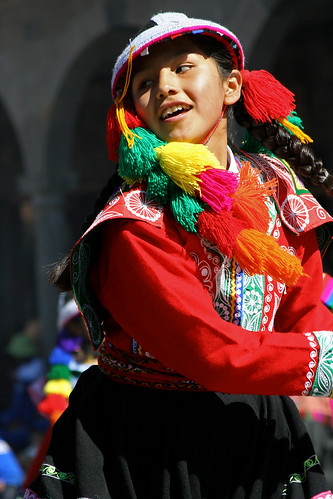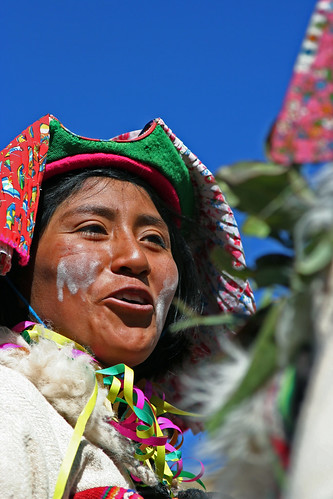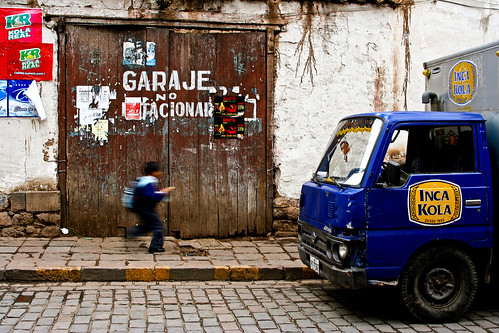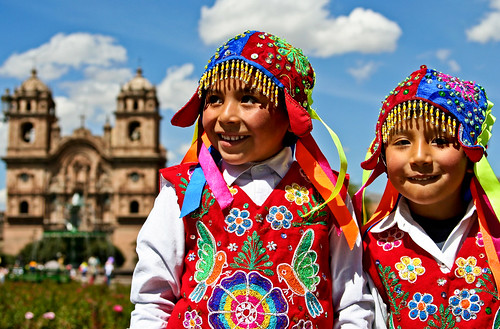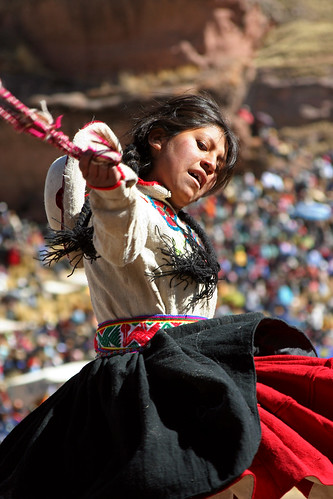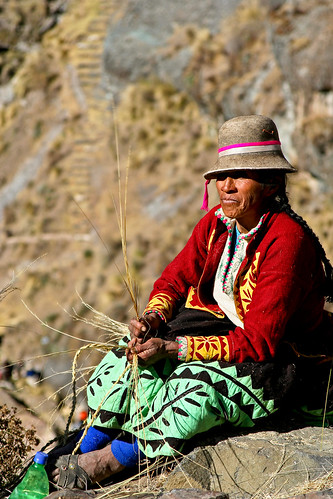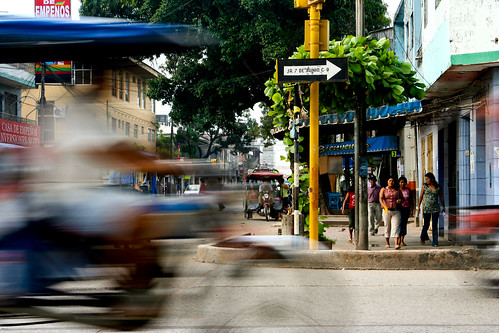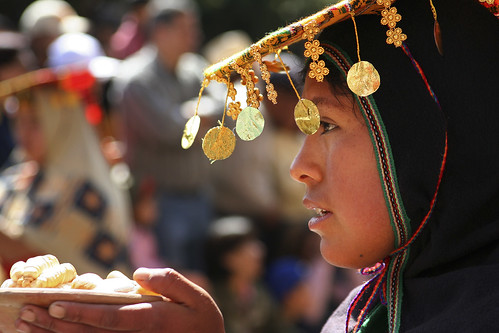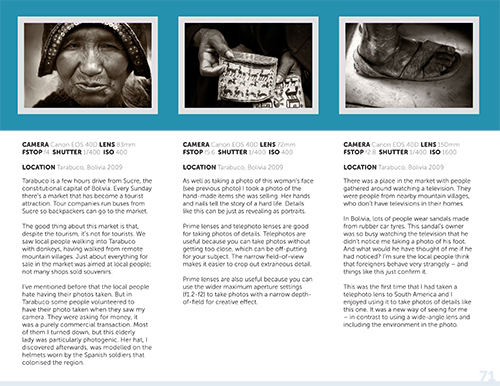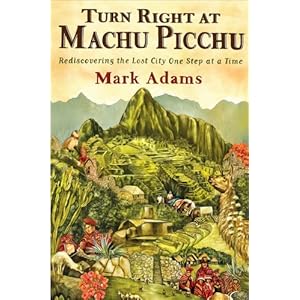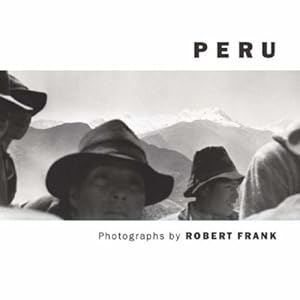My lists of Peru and Cusco resources later in the post, click here: Peru – Cusco Resources
There are a couple Peruvian / Andean related books that have recently been published and which I both just finished reading: the wonderfully woven travel stories, characters, and histories of Turn Right at Machu Picchu by Mark Adams, and a new print and process photography e-book from Craft and Vision called Andes by Andrew S. Gibson.
In the introduction to Andes, author Andrew Gibson shares that “Travel for many people is an unrealised dream. Things like the business of making a living, relationships and other constraints on finances and time can prevent people from turning dreams into reality. This eBook is for the dreamers, and I hope it inspires you to pick up your camera and go live out a dream or two.” If after viewing his photographs of the people and places of Peru, Argentina, and Bolivia you aren’t yet fully motivated to undertake a similar journey, then reading Mark Adams’ Turn Right at Machu Picchu might just make up your mind.
A couple years ago I myself “picked up my camera to live out a dream” of exploring and photographing Peru, and to be honest, my life hasn’t been the same since. The combination of volunteering, traveling, and photographing in Peru was a turning point that led me to seriously pursue photography as a profession, leave the 9 to 5 office life behind, discover the existence of an area of the craft called humanitarian photography, and to recognize and pursue many important but dormant goals in life. If you read through the history of this blog, you should see that journey unfold. Both Gibson and Adams pursued their dreams and goals, one through photography and the other through exploring the Inca ruins and history of Peru, and each came out of it with a book full of experiences worth sharing.
In Andes, Andrew Gibson presents the images he created, with both film and digital, on several trips to the Andes regions of Argentina, Peru, and Bolivia over a span of 6 years. If you are familiar with his previous e-books such as The Magic of Black and White parts 1 to 3, you know he is a master of black and white, and all of the photos in this new book are black and white or toned monochome images. The images capture the people, places, events, and sweeping landscapes of these regions, and the monochrome helps to express both the timeless nature or appearance of some of these places and their inhabitants, as well as the unique high altitude light of the mountains and altiplano. At the end of the text, he includes the lens and camera settings details and short descriptions of the circumstances of each (see image below), as well as more detailed stories of his travels. And for those interested in following in his footsteps, he includes practical advice for traveling and photographing in these countries.
For the first five days only, if you use the promotional code ANDES4 when you checkout, you can get the PDF version of ANDES, The Print & The Process Series for only $4 (or use the code ANDES20 to get 20% off when you buy 5 or more PDF ebooks from the Craft & Vision collection). These codes are good until 11:59pm PST August 6th, 2011. Learn more about Andes, Gibson’s other books, and all the Craft and Vision e-books on their website.
Back in 2008 when I was in Cusco, I met a real life explorer named Paolo Greer hanging out in the South American Explorers clubhouse. He was preparing to publish an important article showing that Hiram Bingham was not the first outsider to “discover” Machu Picchu, and Greer was eager to tell any listener about the maps he uncovered in dusty archives that proved this. I wrote a blog post about it at the time called The Real Story. I didn’t think too much of it at the time, and people in Cusco aren’t too interested in Hiram Bingham so it wasn’t a big deal there – as they all know that Machu Picchu was never actually lost (Bingham himself met the farmers who lived ON the site). But at the same time as I was running into Greer everywhere I went in Cusco, Mark Adams sat in his New York office and read about his findings, and it helped to stir his long-held desire to explore the Inca sites of Peru and re-trace Bingham’s footsteps, which eventually led to his marvelous book Turn Right at Machu Picchu.
Adams proceeded to travel to Cusco, find a dedicated and fascinating but somewhat extreme Aussie guide, and hike to the lesser known but important Inca sites that Bingham sought out as he searched for the last Inca stronghold Vilcabamba – sites like Espiritu Pampa, Choquequirao, and Llactapata. Even though at first glance this book appears to be of the “desk-jockey heads into the wild, completely unprepared, with a crazy guide…mishaps ensue” genre, I quickly and pleasantly discovered it wasn’t. Adams expertly weaves several related stories together including a history of Hiram Bingham and his expeditions in Peru, the author’s own treks following Bingham’s footsteps, tales of his fascinating and capable Aussie guide, information about his Quechua guides and porters, a bit of Inca history, theories related to Machu Picchu and related sites and those who pursue the theories, and of course some self-depreciating travelogue humor.
After having spent time in and around Cusco and having read countless books on Incas and Machu Picchu, I still came away from this book learning much and having lots to ponder. It is a must-read for anyone who has visited or plans to visit Machu Picchu or hike the Inca Trail (or alternative trails). You will have a much greater appreciation of the Incas’ accomplishments, the hike, and the sites and people you encounter after digesting the information, experiences, and theories in the book.
Since either of these books by themselves should inspire you to want to immediately start packing and head to South America, and since they’ve cause me some intense nostalgia for my trips there, I’d like to also share some photographs from other talented photographers who have visited Peru either recently or decades ago, some of my Peru photos, and a couple of my resources for visiting Peru such as my recommended sites, stores, and restaurants in Cusco and my exhaustive list of Peru related books, movies, and resources.
When I was in Cusco in 2008 I met a young student and photographer named Peter Martin. When I returned home and viewed his photos, I was fascinated at how we viewed and photographed the same country in such different ways. I always zoomed in on the people, dances, and details while he captured more of the experience of “being there” in the moment or in a specific place. Here are a couple examples, plus a link to more of them:
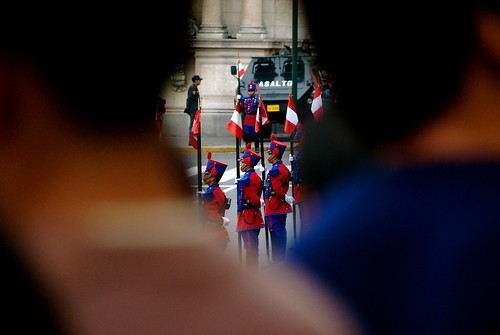
Peter Martin
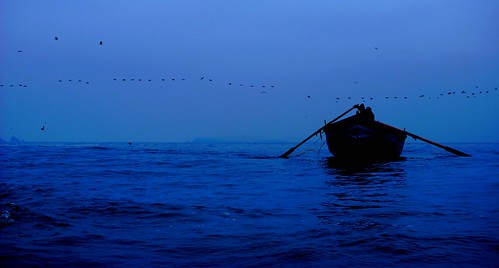
Peter Martin
More Peru photos by Peter Martin: http://www.flickr.com/photos/peterfmartin/sets/72157606934173170/detail/
A couple years ago I also came across an amazing collection of photos taken by John Tucker when he was a Peace Corp volunteer in Peru in the late 1960’s. His photos capture the out of the way places and people that most tourists to Peru still never get a chance to see, and some of these places and outfits would appear unchanged in those remote places today. Tucker has a photographic sensibility that reminds me of Robert Frank and his powerful and somewhat similar images of Peru from the late 1940’s, as seen in his book Peru: Photographs.
Like the Robert Frank photos, Tucker’s photos capture the indigenous people plus a strong sense of the communities, land, and environment where they lived and worked. Both photographers create a true connection to the place for the viewer.
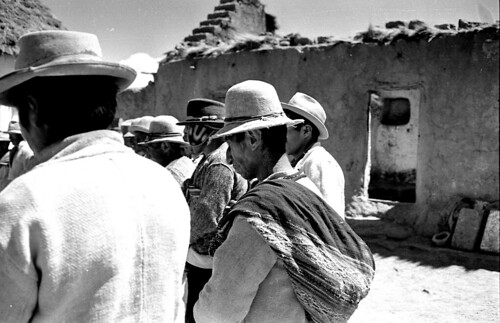
John Tucker
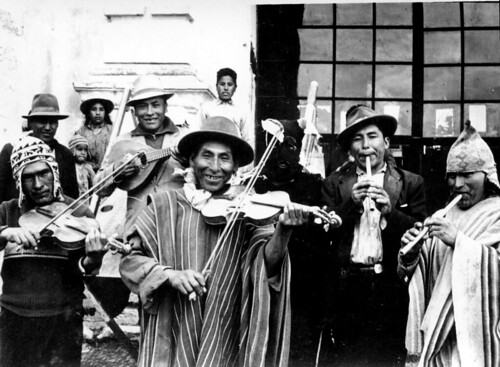
John Tucker
More Peru photos by John Tucker: http://www.flickr.com/photos/30427909@N04/sets/72157608888125285/detail/
Peru – Cusco Resources
Here are my Cusco / Peru resources I referred to: my list of Cusco Places to Visit and the Fruits of My Labor of all the research and reading I have done on Peru including books, movies, and more. Both are Word documents that will open up when clicked. And then some of my Peru images from 2008.
http://www.dojoklo.com/FruitsofMyLabor.doc
http://www.dojoklo.com/CuscoPlacesToVisit.doc
